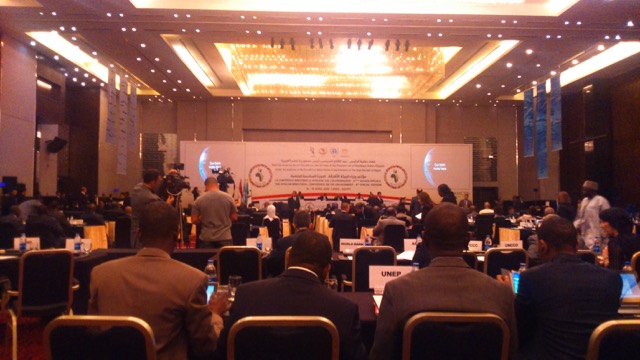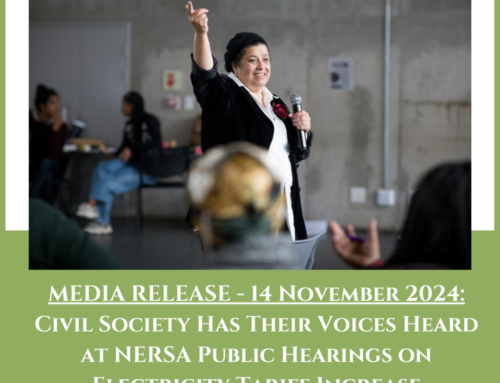Renewable energy is one of the most tangible ways of making a fundamental shift from our current climate trajectory. Weening off from fossil fuels for energy will decrease our dependence on these limited and climate altering resources and allow us to move towards creating a low-carbon generation. The African Renewable Energy Initiative (AREI) was created with the intention of kick starting this process on continental scale.
The AREI was initiated at the end of 2014 and officially launched during COP21, (Twenty-first Session of the Conference of the Parties) in Paris, at the end of 2015 by the African Group of Negotiators (AGN). The initiative aims to implement 10 GW of renewable energy by 2020 and 300 GW of renewable energy by 2030 on the African continent. The initiative proposes the use of smart grid systems that utilise a mix of restored current grid systems and decentralised energy of various forms of energy production coupled with energy efficiency.
The first meeting of African civil society representatives to discuss the AREI was held in February 2016 in Berlin, Germany. At the meeting a unanimous decision was made to host a second and more representative meeting (with more African civil society delegates) ahead of the African Ministerial Conference of Environment (AMCEN) in Cairo, Egypt, which took place in mid-April.
At the conference, a joint statement compiled by African civil society was presented to the AMCEN secretariat to then share with the Ministers of the AMCEN member states. The statement detailed how we – as African civil society – see the AREI become operationalised, with specific elements which were highlighted as non-negotiables.
Our main message was to highlight the importance of the foundation of the AREI and its ambitions/intentions, and the sustainable provision and access to energy across the continent, which are the cornerstones to the initiative’s success.
Attempting to plan and implement a plan of action on a continental scale is by no means an easy feat, with many intricacies to be ironed-out, negotiated and in some cases re-negotiated. There is also the consideration of the fact that certain African states such as Morocco, Kenya, Egypt and South Africa currently possess more advanced infrastructure. By concentrating the AREI’s developments in those states would allow the initiative to reach its 2020 goal of implementing 10GW of renewable energy with relative ease, but potentially at the expense of the ultimate 300 GW goal by 2030 given the lack of investment towards the other less developed states.
Further questions have surfaced around the AREI – including around the allocation of the pledged funds of the initiative as well as the institutional structure, operations and responsibilities of the initiative.
The Titanic was deemed ‘too big to fail’ and in the instance of the AREI – the story of the Titanic should serve as a cautionary tale. From every perspective, the AREI is ambitious. In order for the initiative to succeed – it is imperative that frequent critical analyses take place, by both government and civil society, to ensure that the AREI’s implementation does not fall back into the practiced, business as usual approach.
The AREI can realise its true potential, but only if a realistic implementation and accountability plan is put into action.
Written by Neoka Naidoo – Project 90 by 2030’s Policy Communicator







